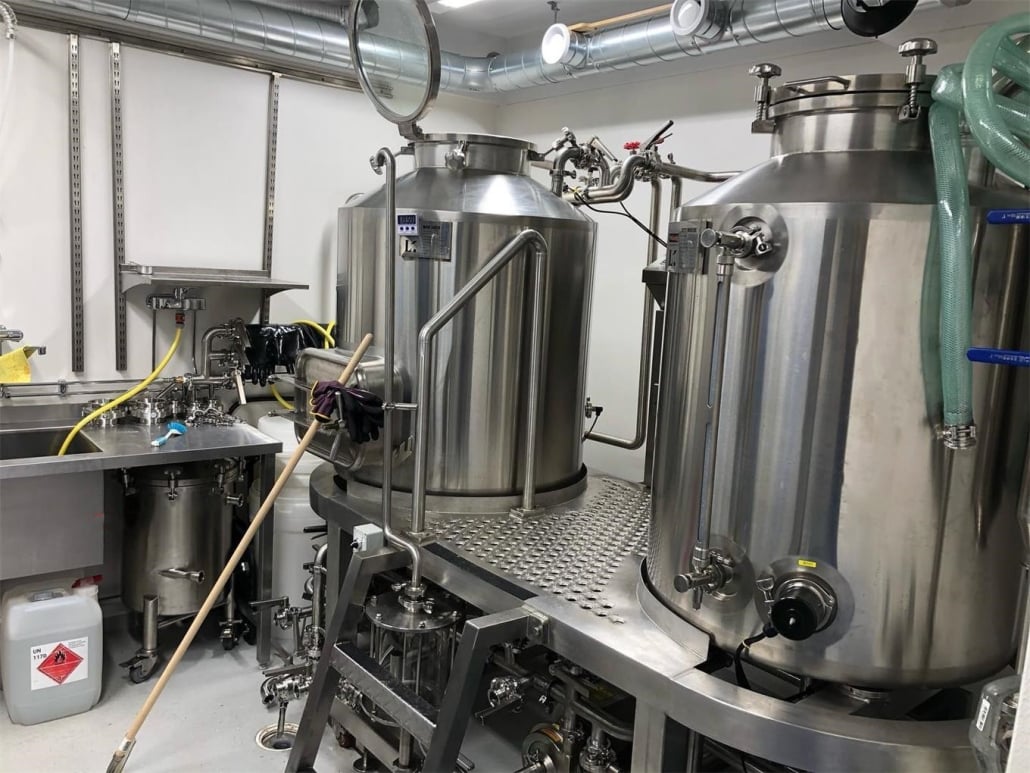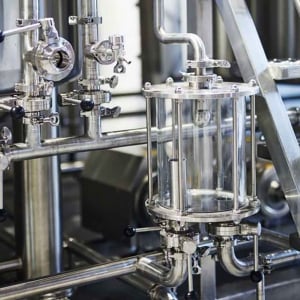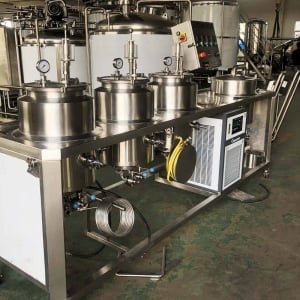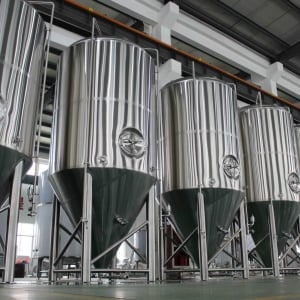Electric Brewing Equipment
Electric brewing equipment has revolutionized the way homebrewers and commercial brewers craft their favorite beers. Whether you’re a beginner exploring the art of brewing or a seasoned pro seeking efficiency and consistency, electric brewing systems offer a level of precision and convenience that’s hard to beat. In this guide, we’ll dive deep into electric brewing equipment, exploring everything from types and features to costs, suppliers, installation, and beyond. So, grab a cold one (or a hot coffee if it’s morning), and let’s explore!
Overview of Electric Brewing Equipment
Electric brewing equipment uses electric heating elements to control temperature and facilitate the brewing process. Unlike traditional gas-powered systems, electric systems offer precise temperature control, reduced emissions, and often require less space. These systems are available in various sizes and configurations, catering to hobbyists and commercial brewers alike.
But why go electric? Electric brewing is not just about efficiency. It’s about taking control of your brew. Think of it like driving a car with cruise control versus managing a stick shift on hilly terrain—one is just simpler and smoother.
Key Features of Electric Brewing Equipment
- Precision: Electric systems excel in temperature control, crucial for extracting flavors.
- Eco-Friendly: No direct combustion means reduced environmental impact.
- Compact Design: Electric setups are ideal for small spaces, such as garages or kitchens.
- Customizable: Many systems are modular, allowing for expansion as your brewing ambitions grow.

Electric Brewing Equipment Guide
Core Components of Electric Brewing Systems
Here’s what typically makes up an electric brewing setup, explained in plain language so you know what you’re getting into.
- Electric Heating Elements: These are the heart of the system, heating the water or wort efficiently and consistently.
- Brewing Kettle: Stainless steel kettles with built-in heating elements or induction-compatible bases.
- Control Panel: The “brain” of your setup that allows precise temperature and timing adjustments.
- Pump System: Helps circulate wort for even heating and enhances clarity by separating solids.
- Fermentation Tanks: Once brewing is done, the beer ferments in these temperature-controlled vessels.
- Chillers: Essential for rapidly cooling wort post-boil to prevent contamination.
Types of Electric Brewing Equipment
Here’s a handy table comparing different brewing equipment based on types, features, and uses:
| Type | Features | Uses | Best For |
|---|---|---|---|
| All-in-One Systems | Compact, combines kettle and control | Simple brewing, limited customization | Beginners, small spaces |
| Custom Modular Systems | Separate kettles, pumps, controls | High flexibility, professional-grade brewing | Advanced hobbyists, pros |
| Induction Systems | Uses induction-compatible kettles | Portable, energy-efficient | Small-batch brewing |
| Automated Systems | Pre-programmed recipes, IoT enabled | Hands-free brewing, repeatable results | Tech-savvy brewers |
Understanding the Brewing Process with Electric Systems
The brewing process remains consistent across methods but becomes more precise with electric brewing. Let’s break it down into simple steps:
1. Heating Water
Electric heating elements heat the water to an exact temperature. Precision here is crucial for achieving the desired mash efficiency.
2. Mashing
Malted grains are soaked in the heated water, creating a sugary liquid called wort. An electric brewing system keeps the mash at a constant temperature, which is critical for enzyme activation.
3. Boiling
The wort is boiled to sterilize it and incorporate hops for flavor. Electric systems provide even heat distribution, reducing the risk of scorching.
4. Cooling
Post-boil, the wort needs to cool rapidly to prevent contamination. Immersion or plate chillers are commonly used, connected to the electric system for efficiency.
5. Fermentation
The cooled wort is transferred to a fermentation tank where yeast is added. Electric systems often feature temperature-controlled fermenters to ensure optimal yeast activity.
6. Packaging
The beer is carbonated and packaged in bottles, cans, or kegs. Electric systems simplify the transfer process with integrated pumps.
Customizing Electric Brewing Equipment
Factors to Consider in Customization
| Parameter | Options | Details |
|---|---|---|
| Capacity | 5, 10, 20, 50+ gallons | Select based on your batch size and brewing frequency. |
| Space Required | Countertop, floor-standing, modular setups | Compact systems for small spaces, larger for dedicated brewing rooms. |
| Design Features | Single vs. multi-kettle setups | Multi-kettle setups allow more process control; single is space-efficient. |
| Automation | Manual, semi-automatic, fully automated | Automated systems suit tech-lovers; manual offers hands-on control. |
Electric Brewing Equipment Price Ranges
| Equipment Type | Price Range | Key Considerations |
|---|---|---|
| Beginner Kits | $300 – $800 | Affordable, limited capacity, simple features. |
| Intermediate Kits | $800 – $2,500 | Mid-range systems with moderate capacity and some customization. |
| Professional Systems | $2,500 – $10,000+ | High-capacity, automated options for commercial or advanced homebrewers. |
Suppliers of Electric Brewing Equipment
| Supplier | Product Range | Price Range | Reputation |
|---|---|---|---|
| BrewTech Industries | All-in-one systems | $500 – $5,000 | Known for durability and support. |
| GrainFather | Compact and automated | $800 – $3,500 | User-friendly, sleek designs. |
| SS Brewtech | Modular systems | $1,000 – $7,000 | High-quality materials. |
Installing, Operating, and Maintaining Electric Brewing Equipment
| Aspect | Details |
|---|---|
| Installation | Requires proper electrical setup, usually 110V or 220V; professional help recommended. |
| Operation | Follow user manual; automation simplifies complex tasks like mashing. |
| Maintenance | Regular cleaning, inspecting heating elements, and descaling kettles. |
Choosing the Right Supplier
| Criteria | What to Look For |
|---|---|
| Product Range | Does the supplier offer systems tailored to your needs? |
| Pricing | Compare prices against features; avoid overly cheap options. |
| Customer Support | Look for after-sales services, warranties, and spare parts. |

Pros and Cons of Electric Brewing Equipment
| Advantages | Limitations |
|---|---|
| Precision temperature control | Higher initial investment |
| Compact and space-saving | Requires reliable electricity access |
| Eco-friendly | May have a learning curve for beginners |
FAQs
| Question | Answer |
|---|---|
| Can electric systems produce high-quality beer? | Absolutely! Electric systems provide precise control for consistent results. |
| Are they suitable for beginners? | Yes, many all-in-one systems are beginner-friendly. |
| What about energy consumption? | While they use electricity, modern systems are energy-efficient. |
| How much space do I need? | Small setups can fit on a countertop, while larger systems need more room. |













